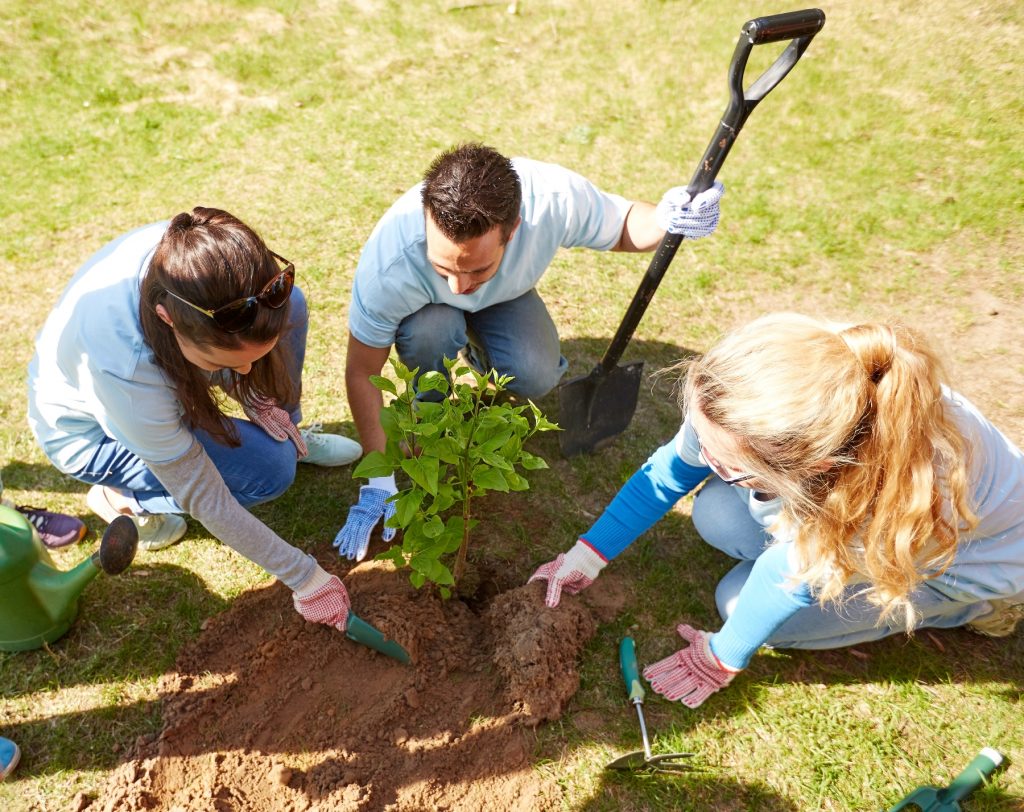When it comes to planting trees, survival is never a guarantee. External and internal conditions can make even the most perfectly planted trees might not work out in the end. So with this in mind, don’t feel let down if your newly planted tree doesn’t make it. Instead, check out these tips on planting trees to review your methods and possibly improve them for the next time.

Planting a Tree
The first place to start is your location. Think about where you are planting the tree, and if the soil is in good condition. Be sure to plant trees on level surfaces and far from construction sites. As for the hole size, dig a hole in the ground that is at least five times larger than the tree’s root ball. This will ensure there is plenty of space for the roots to breathe and grow. Also, be sure to not dig too deep. A common reason newly-planted flora fails is a result of planting them too deep into the ground. The hole only needs to be as deep as the height of the root ball.
Before placing the tree in the hole, be sure all nylon and twine are removed, and if the tree is balled, removal all the burlap as well. At this point, many people want to use fertilizers or soil enhancers to better ensure to proper growth of their tree, but this isn’t really necessary. Fertilizing trees can be very effective depending on the circumstances, time of year, type of tree, and much more. Talk to a local tree care professional for advice about fertilizing newly-planted trees.
Instead of using fertilizer, or if you forgo the option of using fertilizer, simply reuse the soil dug from the hole. Fill in the hole and pat gently around the base of the tree trunk. Do not fill the soil higher than a quarter of an inch above the root ball. Instead, top off the base of the tree with a few inches of good-quality mulch or wood chips.
Now you are ready to water the entire tree and the soil around it. You can use stakes at this point if it’s necessary.
Professional Tree Service for Fishers, Indiana
Call 317-537-9770 for professional tree service in Fishers, Indiana. We are highly trained and qualified arborists with decades of experience in the tree care industry. We are happy to offer advice, service, and solutions for planting trees on your property.



